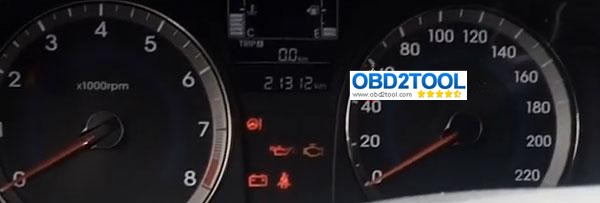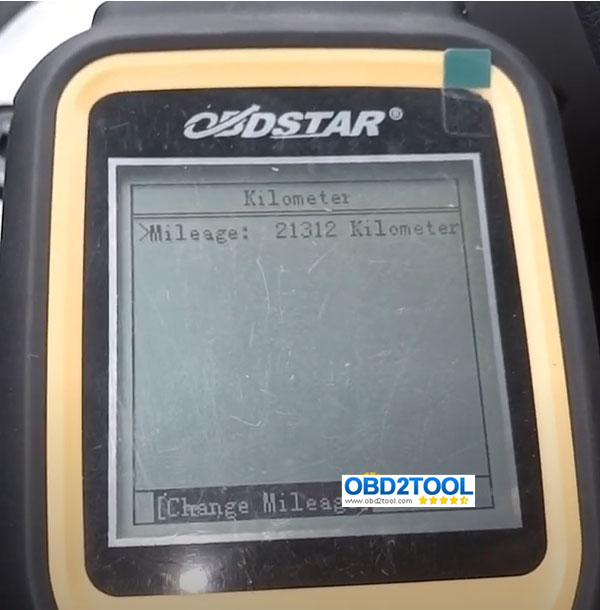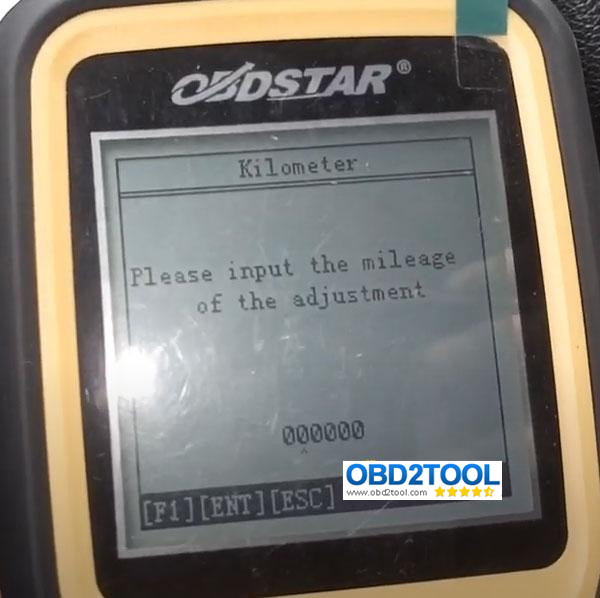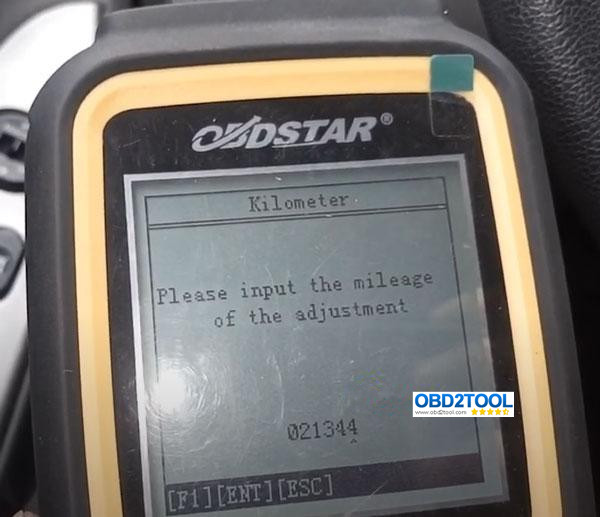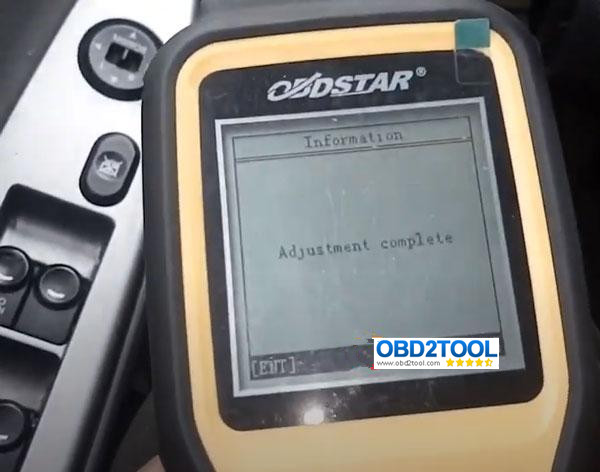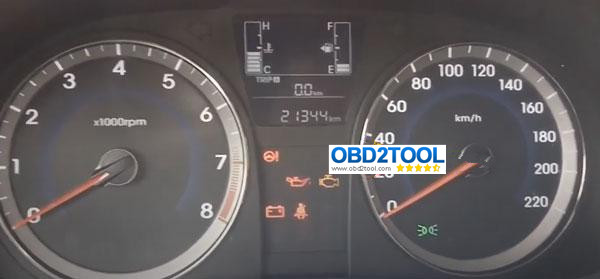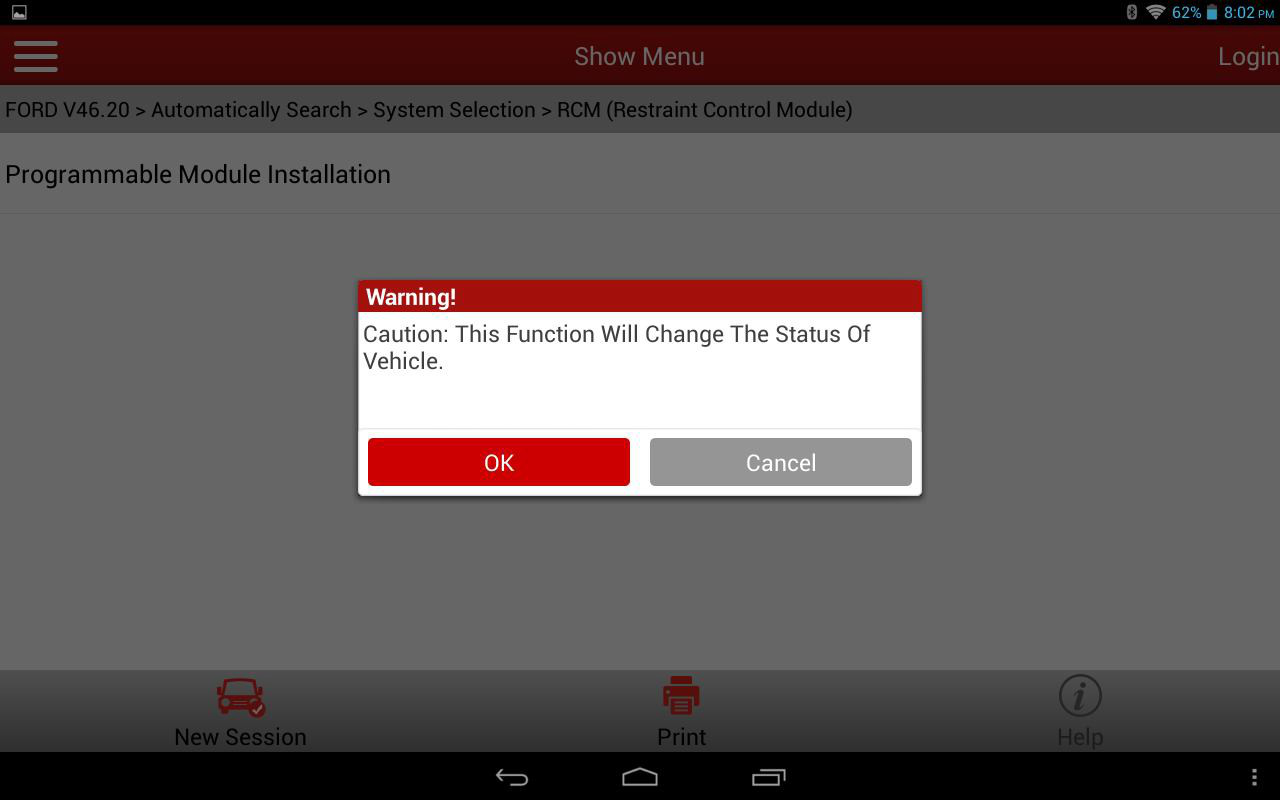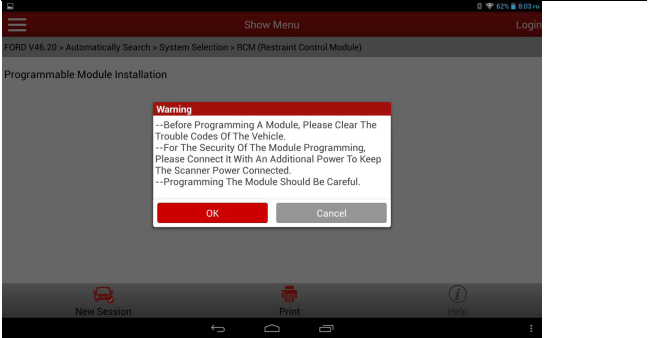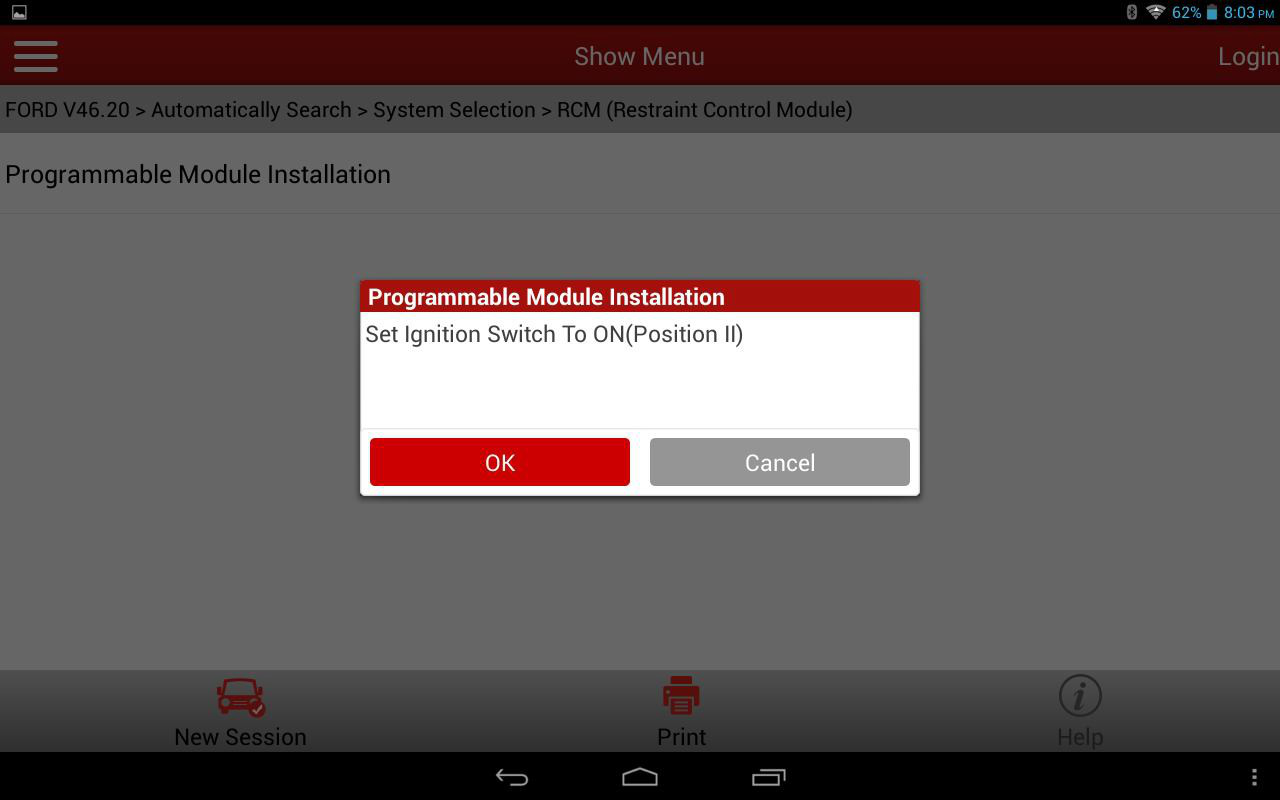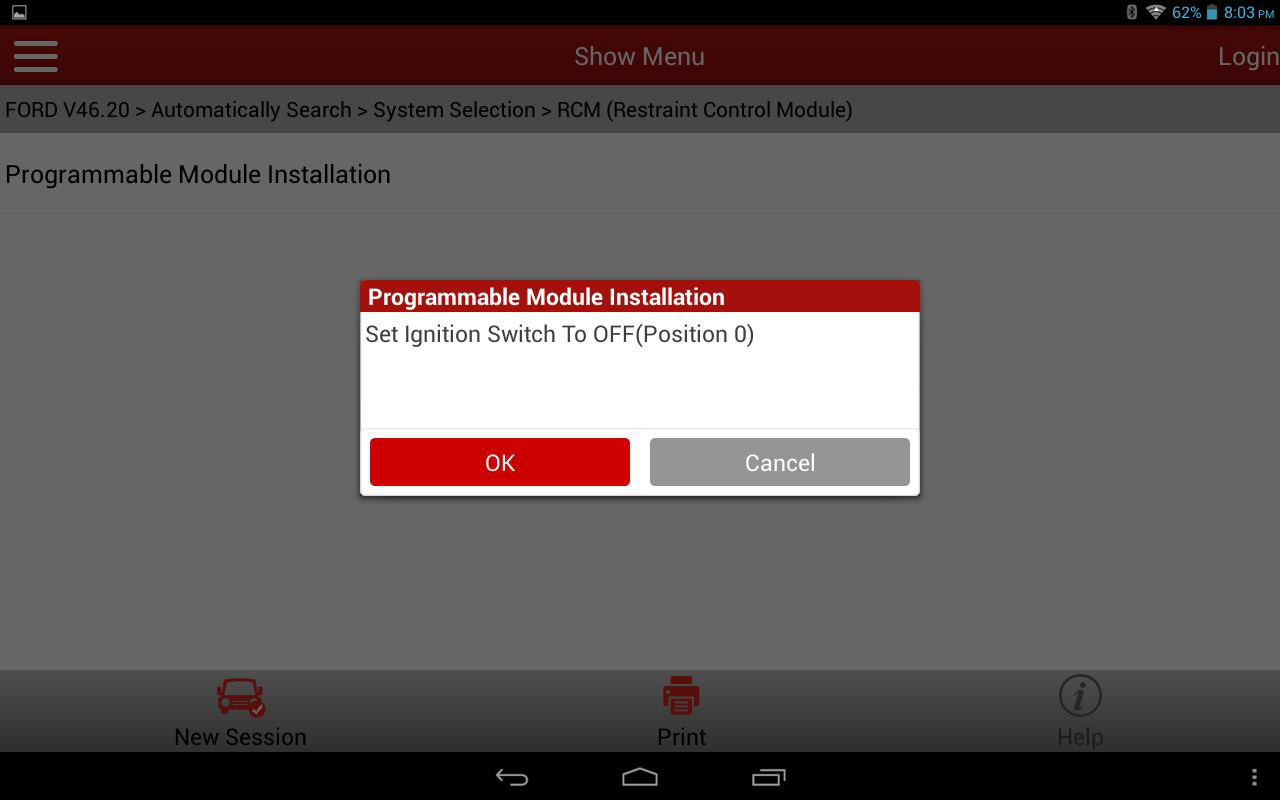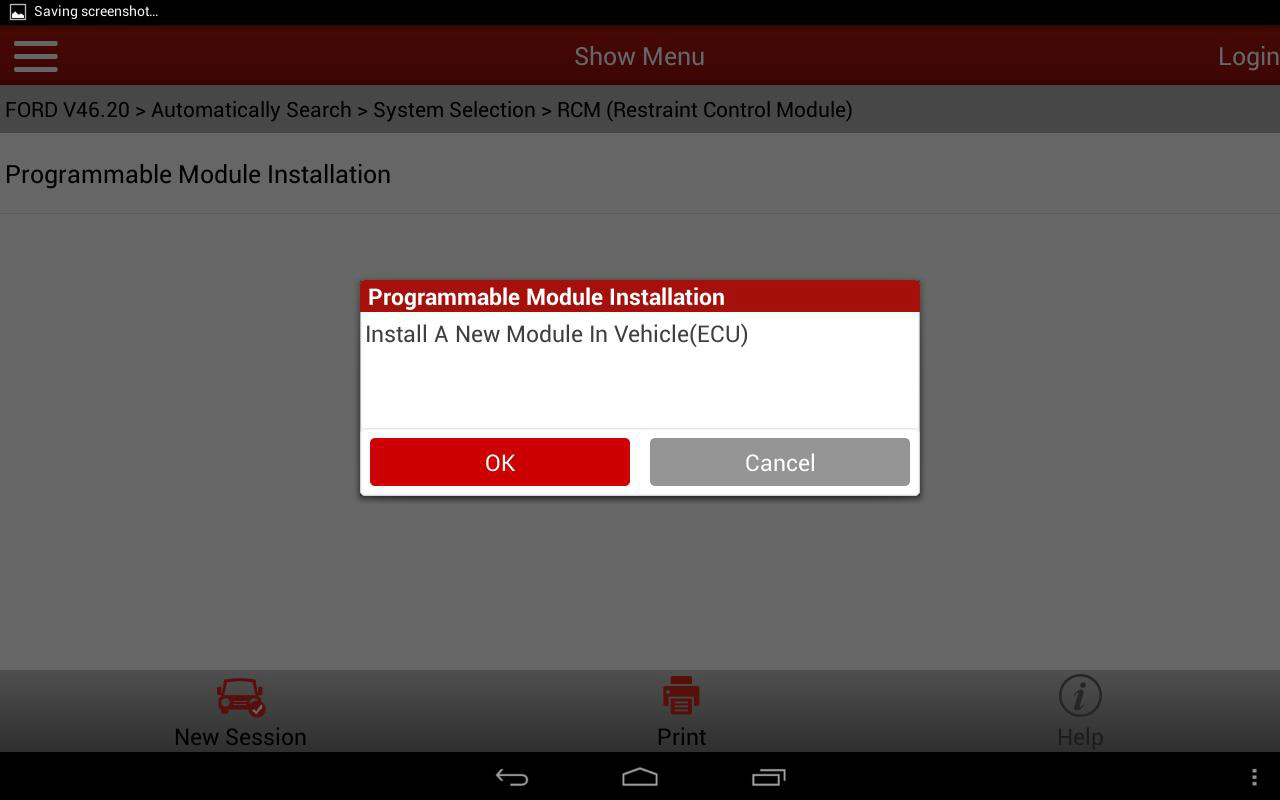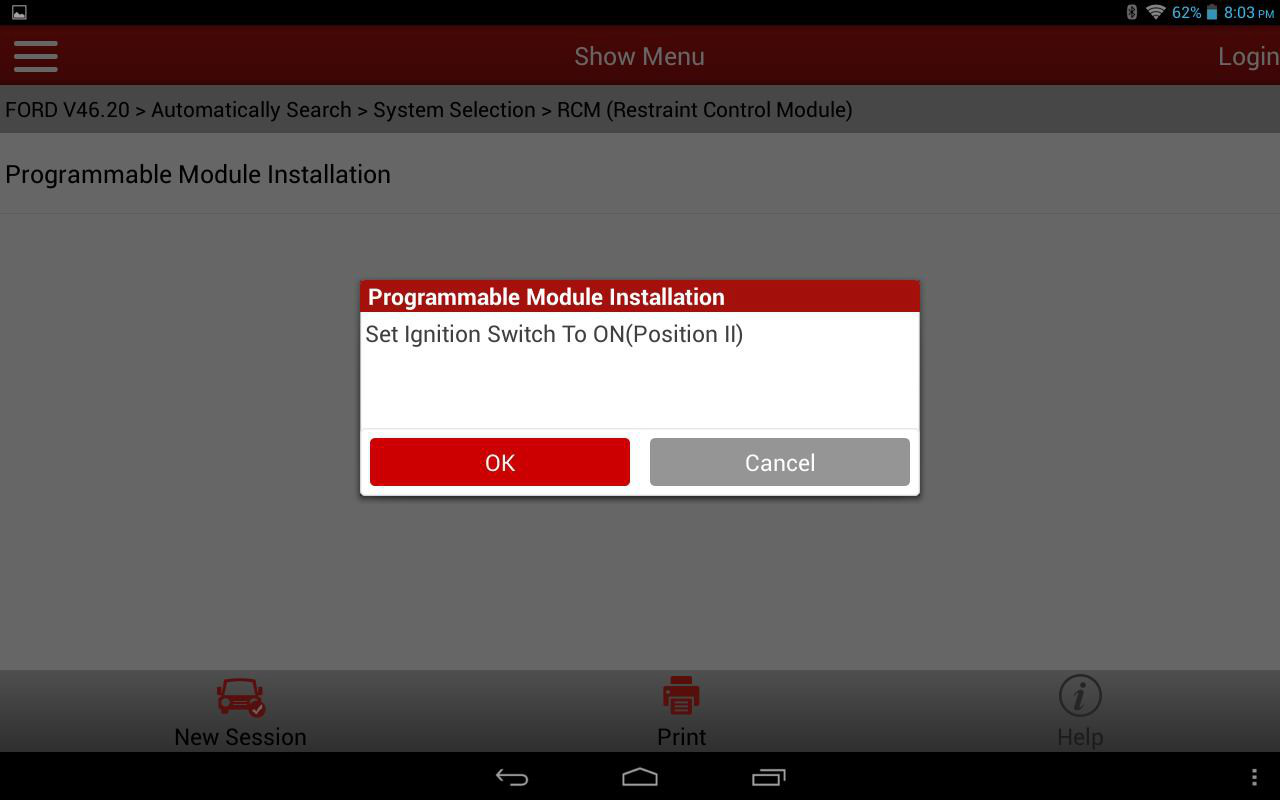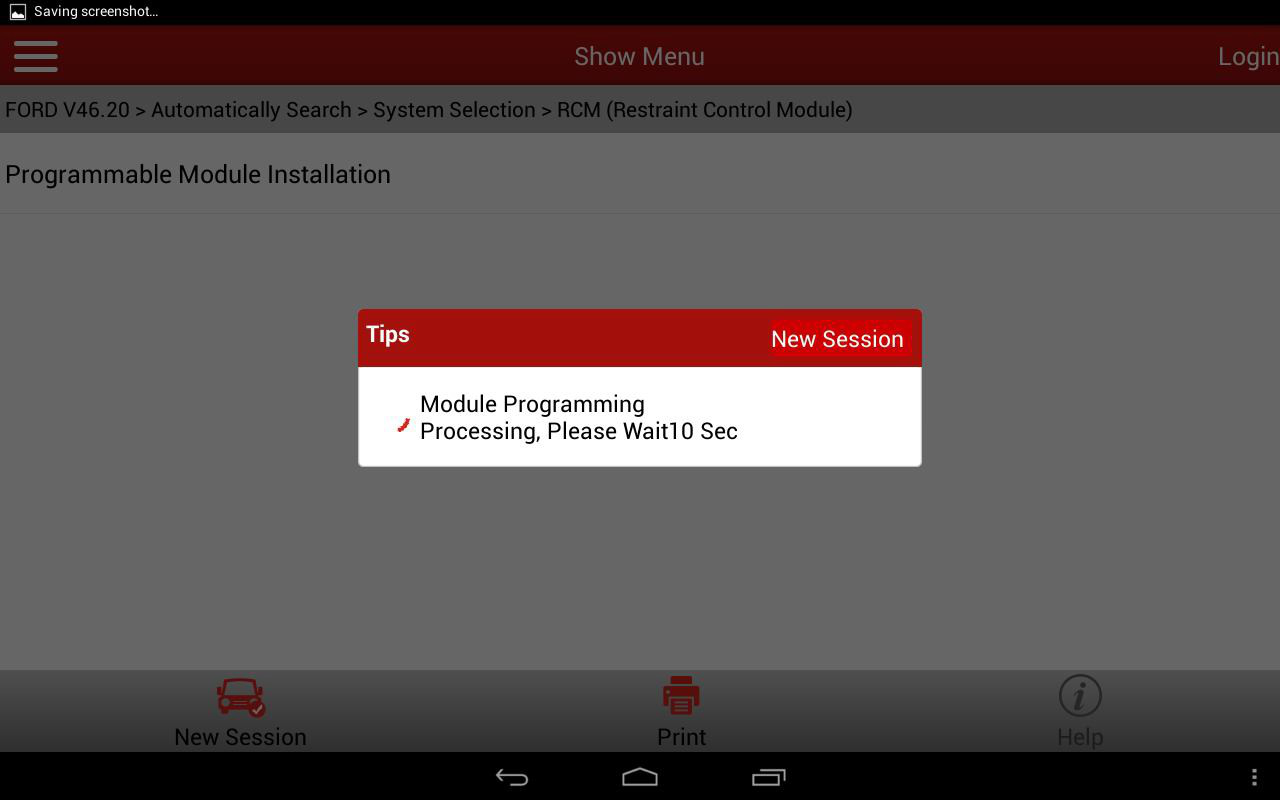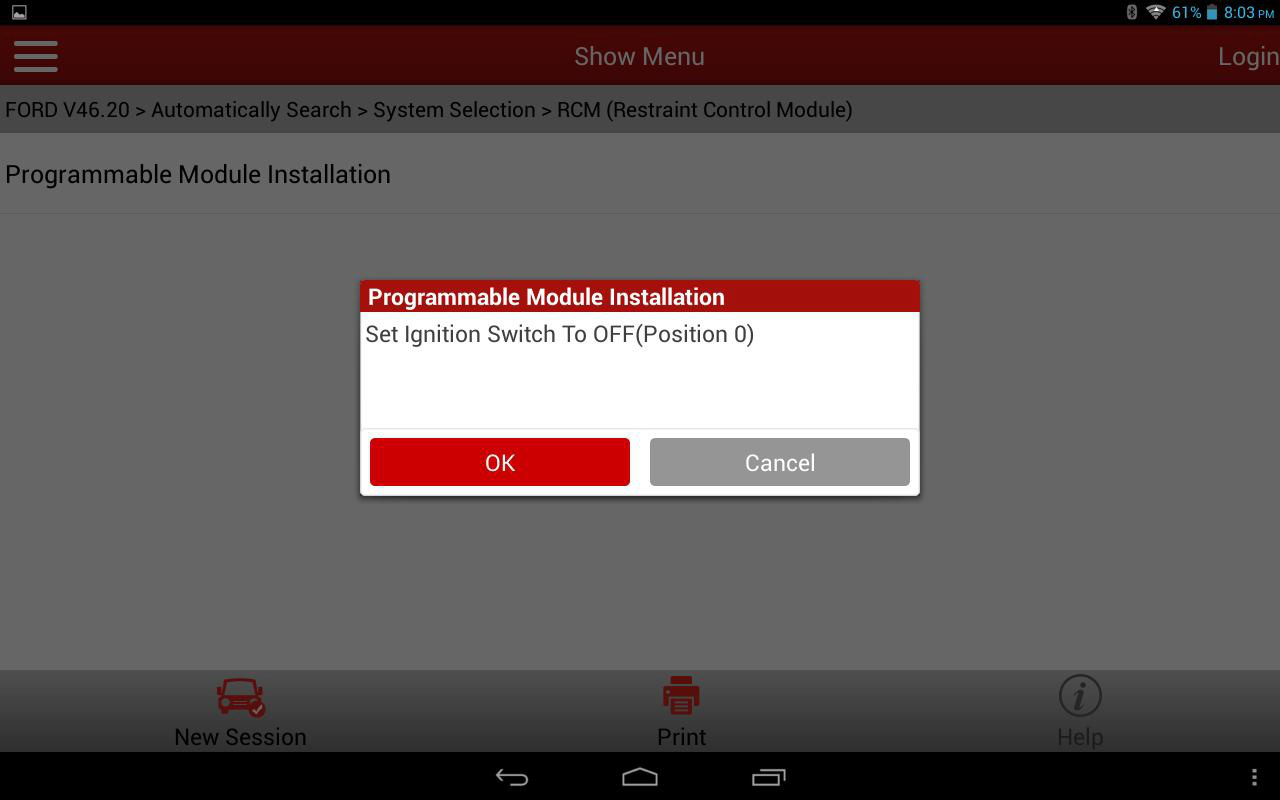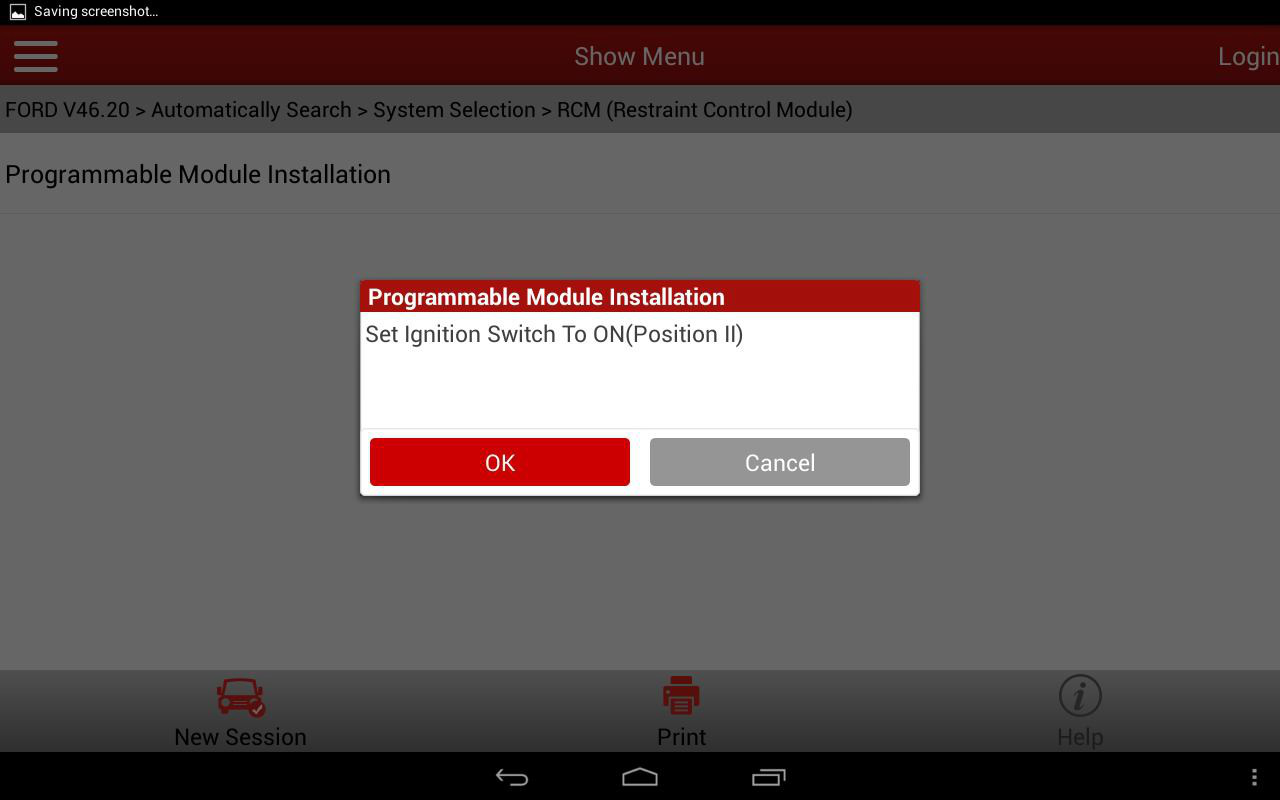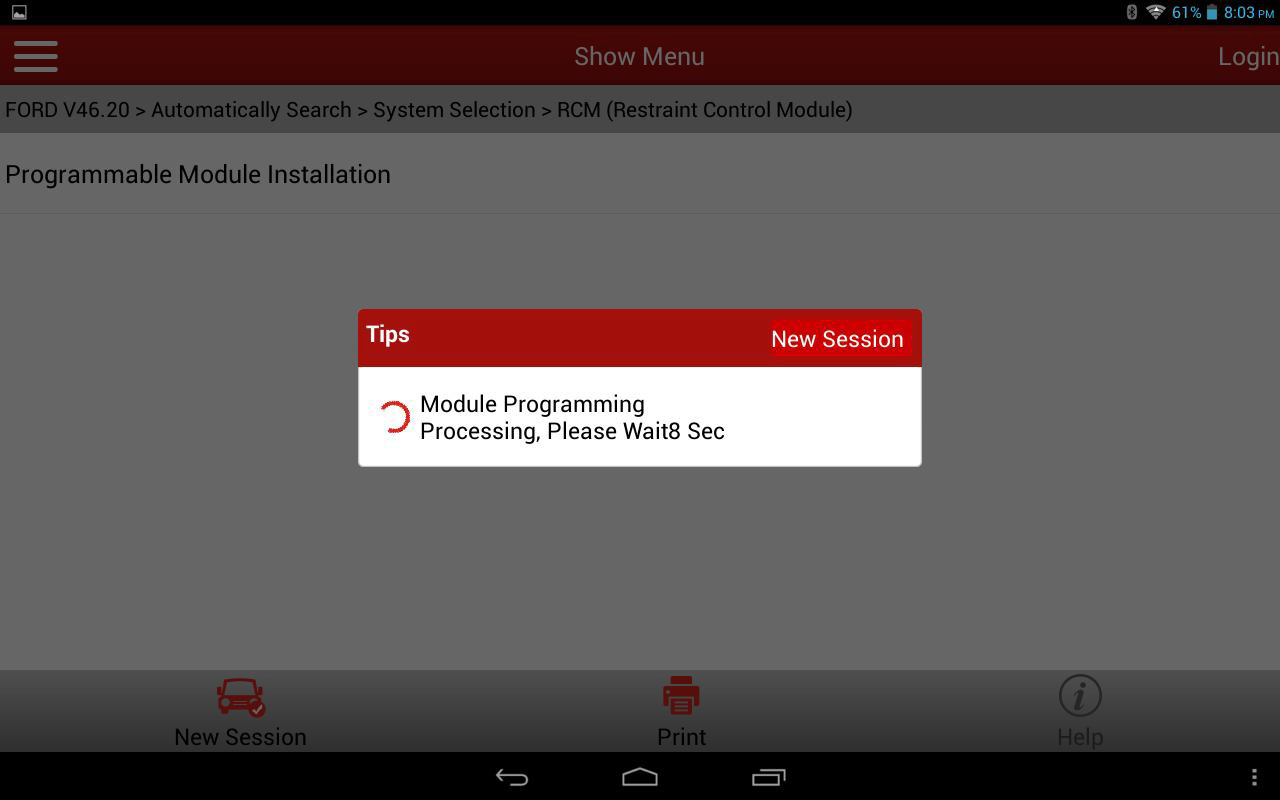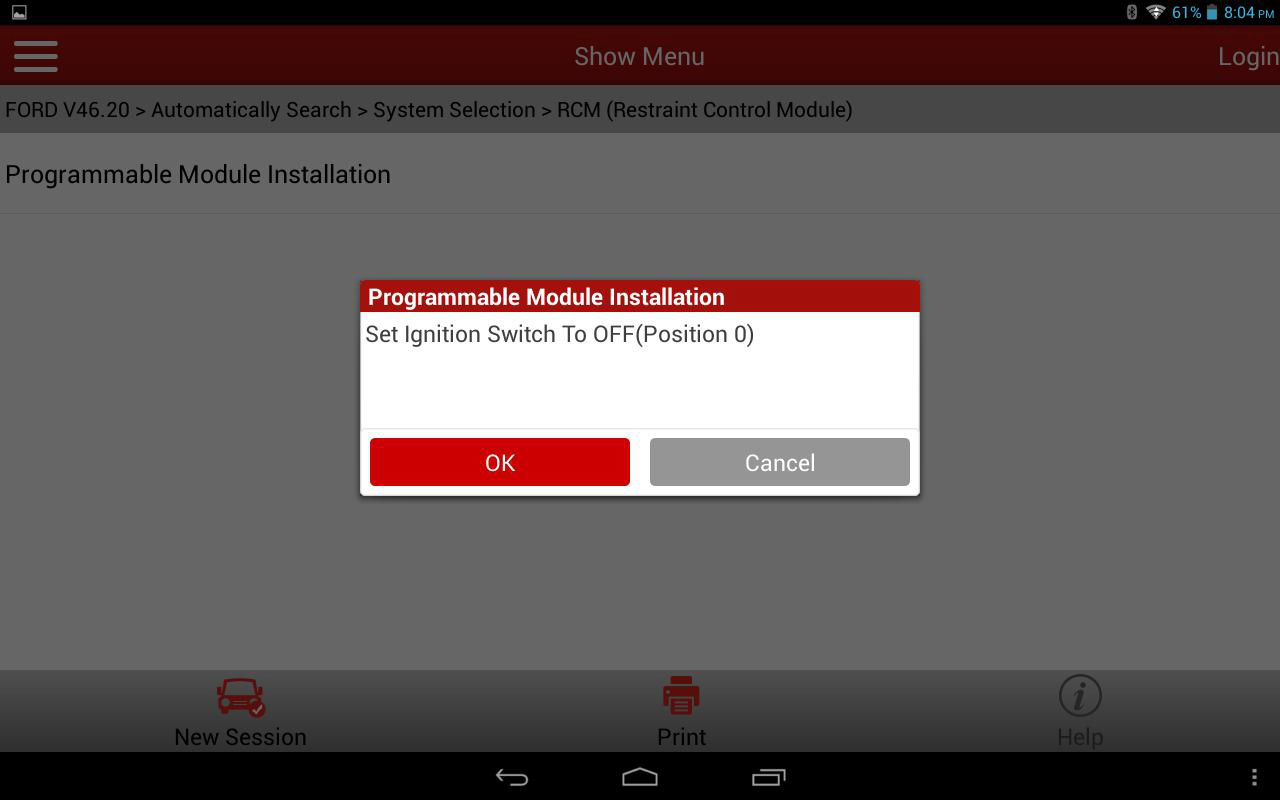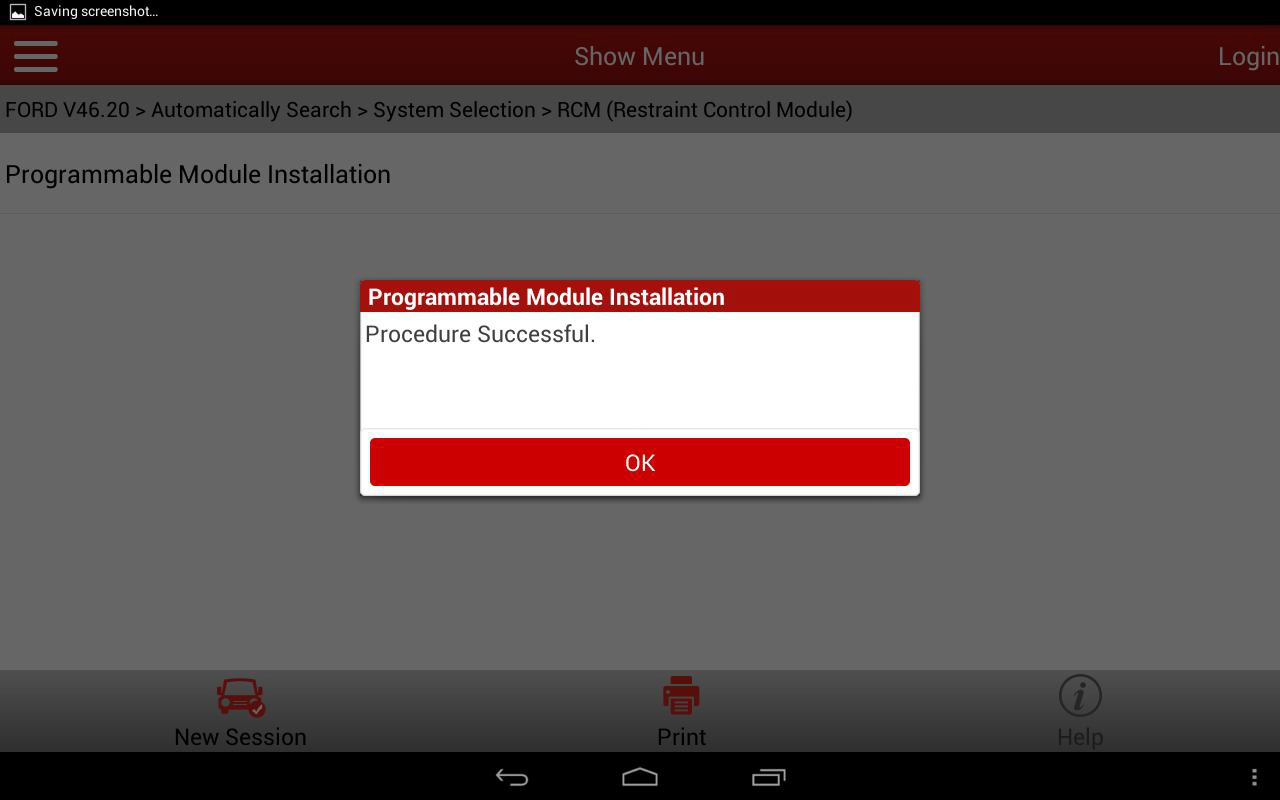SPN91 FMI8
CID 0091 FMI 08 Throttle Position Signal Abnormal

MID 036 CID 0091 FMI 08
Conditions Which Generate This Code:
The Electronic Control Module (ECM) detects an incorrect frequency on the throttle signal.
System Response:
The code is logged. The ECM flags the throttle position as invalid data and a default value of zero percent is used.
Possible Performance Effect:
The engine speed is limited to low idle.

Troubleshooting:
Throttle Position Sensor Circuit – Test
System Operation Description:
Use this procedure to troubleshoot any suspect problems with the throttle position sensor. Also use this procedure to troubleshoot an active 91-08 Throttle Signal Abnormal.
The throttle position sensor eliminates the mechanical throttle and governor linkages. The sensor that is installed depends on the engine’s configuration.
Figure 1.2 – Throttle Position Sensor (with a knob and electronic)
Refer to Figure 1.3 – The sensor creates a signal that is Pulse Width Modulated (PWM). The duty cycle varies with the throttle position. The signal has a low duty cycle when the throttle is at low idle (0-22%). The signal has a high duty cycle when the throttle is at high idle (75-100%). The Electronic Control Module (ECM) processes the signal in order to control the engine speed.

The signal from the throttle position sensor has a specific frequency. The frequency of the signal must be between 150 Hz and 1050 Hz or the ECM will activate a 091-08 diagnostic code.

Test Step 1. Inspect the Electrical Connectors and the Wiring
A. Turn the keyswitch to the OFF position.
B. Thoroughly inspect J1/P1 ECM connector and P61 Customer connector (if available). Inspect the connections on the throttle position sensor.
P1 terminal that is associated with the throttle position sensor:
(P1-66) Throttle position), J1/P1 ECM connector.
(10) Throttle position), J61 and P61 Customer connector.
C. Perform a 45 N (10 lb) pull test on each of the wires that are associated with the throttle position sensor.
D. Check the Allen head screw on each ECM connector and the customer connector for the proper torque.
Expected Result: All connectors, pins, and sockets are completely coupled and/or inserted, and the harness and wiring are free of corrosion, of abrasion, and of pinch points.
If Not OK: Repair the wiring and/or the connectors. Replace parts, if necessary. Ensure that all of the
seals are properly connected. Verify that the repair eliminates the problem.
Test Step 2. Check for Supply Voltage at the Throttle Position Sensor
A. Monitoring Cat ET, check “Active Diagnostic” code (91-8) – Throttle Position Sensor: Abnormal Frequency, Pulse Width, or period. Read More: How to Connecting Caterpillar ET Software to the ECM

B. Disconnect the P403 connector (TPS connector).
C. Turn the keyswitch to the ON position. The engine should be off.
D. Measure the voltage between terminals P403-A and P403-B (Pin A – B)
Expected Result: The supply voltage is at least 11 VDC for a 12 volt system. The supply voltage is at least 22 VDC for a 24 volt system.
If Not OK: The configuration of the wiring between the +Battery and the throttle position sensor depends on the engine’s configuration. The problem could be in the wiring or in a connector. There may be a problem with the battery.Perform the necessary repairs. Verify that the problem is resolved.
Test Step 3. Check the Signal Wire for a Short Circuit
A. Turn the keyswitch to the OFF position.
B. Disconnect the P1 ECM connector.
Note: Be sure to wiggle the harnesses during the following measurements. Be sure to wiggle each
harness near each connector.
C. Measure the resistance between terminal P1-66 and all of the other terminals in the P1 ECM connector.
Expected Result: Each resistance measurement indicates an open circuit.
If Not OK: The problem could be in the wiring or in a connector. Repair the wiring and/or the connector, when possible. Replace parts, if necessary. Verify that the problem is resolved.

Test Step 4. Check the Signal Wire for an Open Circuit
Note: Be sure to wiggle the harnesses during the following measurement. Be sure to wiggle each harness near each connector.
-Measure the resistance between terminal P1-66 and terminal P403-C (Pin C – TPS Signal).
Expected Result: The resistance measurement is less than 10 ohms.
If Not OK: The problem could be in the wiring or in a connector. Repair the wiring and/or the connector, when possible. Replace parts, if necessary. Verify that the problem is resolved.
Test Step 5. Check the Frequency or Duty Cycle of the Throttle Position Signal at the ECM
A. Connect a multimeter between terminal P1-66 on and the engine ground stud.
B. Turn the keyswitch to the ON position.
C. Measure the frequency or duty cycle of the throttle position signal. Slowly move the throttle from low idle to high idle and back to low idle while you measure the frequency of the signal.
Expexted results:
-The frequency of the signal remains between 150 Hz and 1050 Hz as you move the throttle.
-Duty cycle is between 5% and 100% (0-5 Vdc).

